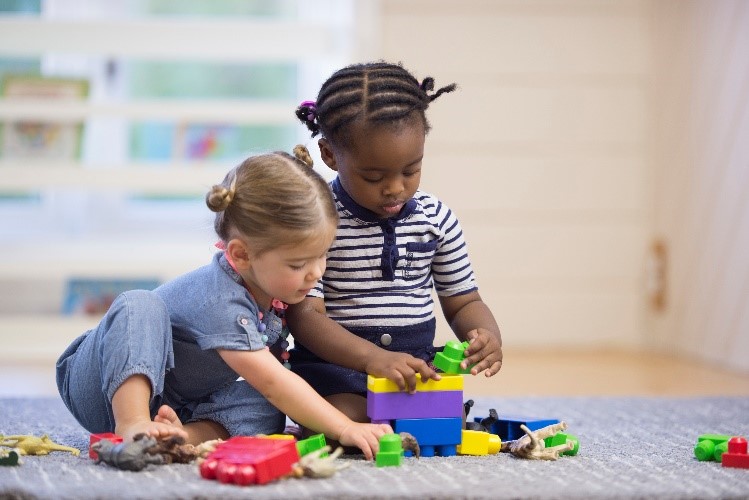Teaching and Learning Approaches
Active learning
|
Active learning is a highly effective approach across all stages of learning, from early childhood through to adulthood, and is a process that puts children at its centre. It ensures that children are engaged in their learning rather than
passively listening and receiving information. For young children, active learning can be thought of as experiences where they interact with objects, people, ideas, and events, constructing new understanding as they go. |
For children to make
sense of new information and ideas, they need to make links with their existing
knowledge, so that they can process and then understand new material. This
sense-making is an active process which can take place during a wide range of learning
activities, including play. Also, as active learning enables children to apply
and practise new knowledge and skills, it will also support their long-term
recall and deeper understanding. Children need to be allowed the time and space to become fully engaged in ideas and experiences. An adult cannot have these active learning experiences for children; the children need to have them for themselves.

|
When children are actively involved in their learning they are able to:
|
Active learning can take place in any learning environment and through children working:
- individually
- in pairs
- in small groups, or
- as a whole class.

Active learning can be done with
or without the use of special resources. It may involve moving, but it does not
need to. The important thing is that children:
- take part in a variety of activities that involve thinking hard
- are engaged in their own learning
- have some responsibility for their own progress.